The POWER Interview: Abu Dhabi’s Plan for Renewable Energy in the UAE
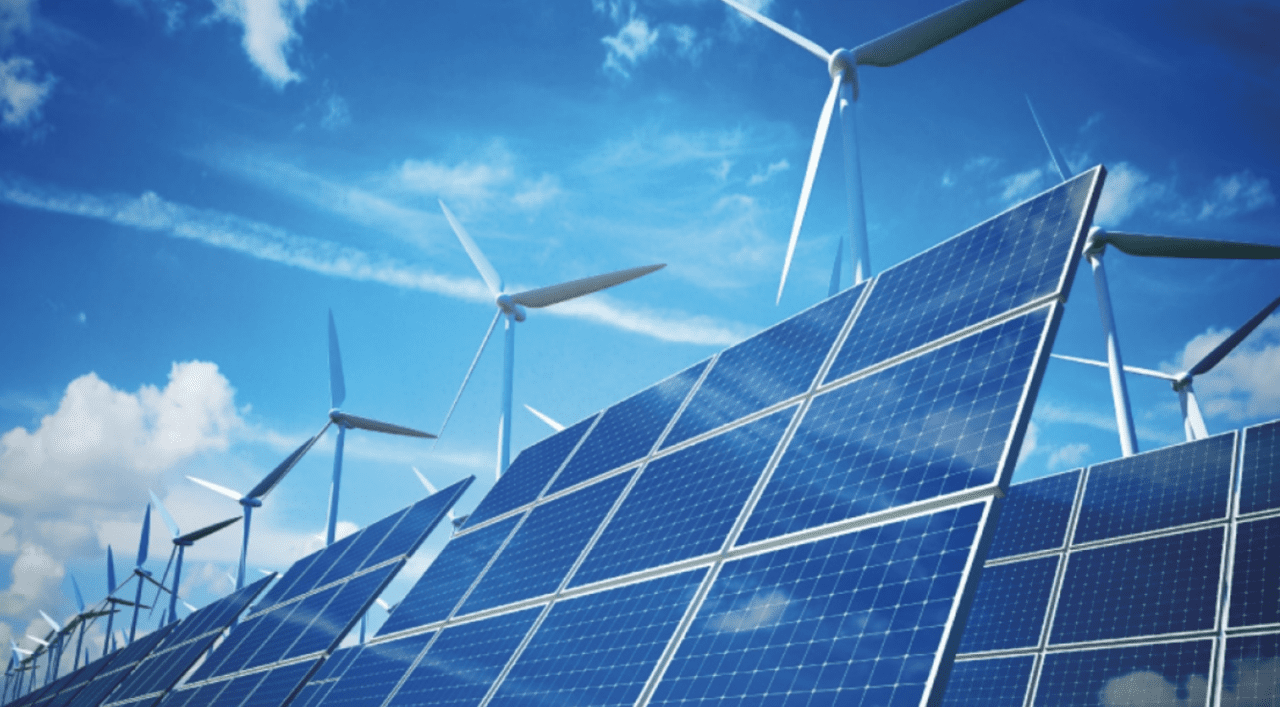
The United Arab Emirates (UAE) is in the midst of an energy transition, moving away from its nearly exclusive use of natural gas-fired power generation to a strategy based on renewable energy resources. The country has an abundance of natural gas, and it also has significant solar power potential. The UAE also is adding nuclear power to its generation mix, supported by the Barakah power station, a POWER Top Plant award winner.
The discussion about renewable energy was a focus of the recent Abu Dhabi Sustainability Week, a gathering that took place Jan. 14-19 in the UAE capital and focused on efforts to combat climate change through sustainability initiatives. The event, hosted by Masdar, an independent power producer in the UAE known for its clean energy projects, was touted as the first international meeting of 2023 focused on sustainability. Groups involved in the meeting said it was designed to drive global discussion and debate around climate action in the run-up to COP28," the annual UN-backed climate conference that will be held later this year in Dubai in the UAE.
Two experts involved in the UAE's energy transition recently provided POWER with insight about what the country wants to achieve, and its energy strategy. Ray O. Johnson is CEO of the Technology Innovation Institute (TII), the applied research pillar of Abu Dhabi's Advanced Technology Research Council (ATRC). He is also the CEO of ASPIRE, the business development and program management arm of ATRC.
Johnson has years of experience in engineering, technology, and operations, and also has served as CTO for Lockheed Martin Corp.
Hany Farag is a professor in the Department of Electrical Engineering & Computer Science at York University in Toronto, Ontario. Farag's background includes research for the grid integration of renewable energy generation, along with energy storage and electric vehicles, renewable hydrogen and natural gas, and smart grids. He has been in Abu Dhabi as part of ASPIRE's Visiting International Professorship program, or ViPs.
Johnson and Farag said the UAE's energy transition is driven by policy initiatives coming from government officials in Abu Dhabi. The seven emirates in the UAE are working toward the goals of the country's Energy Strategy 2050 program, which calls for a 70% reduction in the UAE's carbon footprint by mid-century, primarily through increased use of renewable energy resources. Officials also want consumers, both individuals and businesses, to become more efficient in their consumption of energy.
POWER: What would sustainable" energy in Abu Dhabi look like with regards to types of power generation for business (commercial and industrial facilities)?
Johnson: Achieving sustainable energy means continuously increasing the efficiency of carbon, water, and energy consumption in power generation. Abu Dhabi has been transitioning to more sustainable energy practices through multiple private and public sector initiatives. An example of this transition is the UAE Department of Energy's (DOE) development of a comprehensive Abu Dhabi Integrated Energy Model (IEM), also known as the Energy Cube.' This effort aims to inform policies and help navigate the complex energy system. As a result, many buildings now consume 40% less energy and water, use solar energy and photovoltaic (PV) plants, and have reduced their reliance on hydrocarbons.
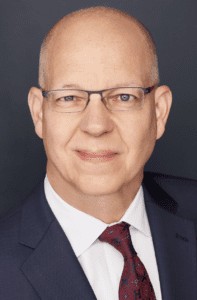 Ray O. Johnson
Ray O. JohnsonUnder the UAE's Net Zero by 2050 initiative, Abu Dhabi's upcoming renewable energy projects including the (5.6 GW) Barakah nuclear energy plant (Figure 1) and the (2-GW) Al Dhafra Solar PV project (Figure 2) will produce a total clean power generation capacity of 8.8 GW by 2025. This initiative means 55% of Abu Dhabi's electricity in 2025 will come from clean sources and reduce power generation emissions from 40 million tons of CO2 emissions in 2020 to about 20 million tons in 2025.
It is apparent that the UAE has deployed extensive efforts in driving sustainability forward under the framework of the UAE Vision 2021, Dubai 2040 Urban Master Plan, and in alignment with the UAE Green Agenda 2015-2030, the Paris Agreement, and the UN Sustainable Development Goals (SDGs). The private and public sectors are fully compliant and in step in implementing these visions.
In line with these strategic initiatives, the Technology Innovation Institute, located in Masdar City, is home to the Renewable Energy and Sustainability Research Center (RESRC). The RESRC focuses on energy storage, bioenergy and fuel cells, energy analysis and optimized systems design and modeling, and modernized energy solutions.
POWER: What environmental targets are UAE businesses using as a baseline for their sustainable energy goals?
Johnson: The government has several national policies shaping energy transition and consumption targets, including the UAE Net Zero by 2050 strategic initiative, the UAE Green Agenda (2015-2030), and the UAE's National Climate Change Plan (2017-2050).
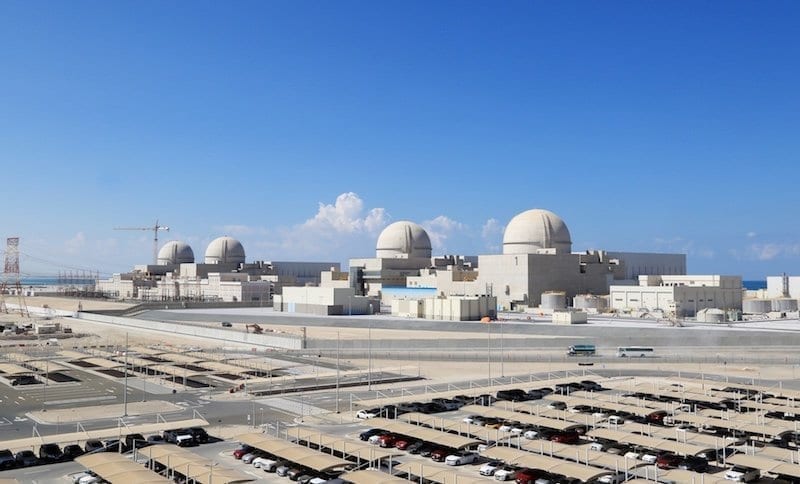 1. The Barakah nuclear power station will have 5,600 MW of generation capacity when fully operational. Courtesy: Emirates Nuclear Energy Corp.
1. The Barakah nuclear power station will have 5,600 MW of generation capacity when fully operational. Courtesy: Emirates Nuclear Energy Corp.The UAE Net Zero by 2050 strategic initiative is a national drive to achieve net-zero emissions by that year, making the country the first in the Middle East and North Africa (MENA) region to do so.
On the other hand, the UAE Green Agenda (2015-2030) was approved by the UAE Cabinet as an overarching framework of Green Economy actions. Programs under the Green Agenda 2030 include promoting sustainable environmental practices, promoting awareness, and providing incentive schemes to businesses supporting green manufacturing, using alternative fuels, and offering green jobs to fresh graduates, among others.
Lastly, the UAE's Ministry of Climate Change and Environment, or MOCCAE, launched its National Climate Change Plan (2017-2050) to bolster nationwide climate action. Through this plan, the UAE endeavors to become a leader in climate action and to establish global benchmarks for sustainable economic development.
The UAE also announced an ambitious, nationally-determined contribution to reduce greenhouse gas emissions by 23.5% (compared to business as usual) by 2030. The country's efforts in this direction include increasing reliance on clean energy, boosting energy efficiency, expanding capacity for carbon capture, use, and storage (CCUS), conserving blue carbon ecosystems, promoting sustainable agriculture, and implementing environment-friendly waste management practices.
POWER: Has the government earmarked a specific amount of money to support the energy transition?
Johnson: The government sets targets for emissions reductions rather than allocating specific amounts of money to enable Abu Dhabi's energy transition. That said, the UAE has invested more than $50 billion over the past 10 years in clean energy technologies worldwide.
Firstly, the UAE signaled its intent to finance clean energy projects more than 15 years ago with an initial outlay of $15 billion in establishing Masdar City.
 2. The 2-GW Al Dhafra solar project is operated by Masdar, a UAE-based independent power producer focused on renewable energy. Source: Masdar
2. The 2-GW Al Dhafra solar project is operated by Masdar, a UAE-based independent power producer focused on renewable energy. Source: MasdarIn addition to this effort, the Abu Dhabi Fund for Development (ADFD), an autonomous national entity affiliated with the Abu Dhabi government, mandated to help developing countries achieve sustainable development, has completed renewable energy projects worth AED117.3 million ($31.9 million) in 2020 across Cuba, Somaliland, the Bahamas, Barbados, and Saint Vincent and the Grenadines.
In a 350-page report in April 2022, IRENA (International Renewable Energy Agency), headquartered in Abu Dhabi's Masdar City, said the world must take radical action by investing $5.7 trillion each year through 2030 to shift away from fossil fuels-calling for investments of $700 billion to be diverted away from the fossil fuel sector each year.
Furthermore, the UAE-U.S. Partnership for Accelerating Clean Energy (PACE) will catalyze $100 billion in financing and other support in addition to deploying 100 new GW of clean energy in the U.S., UAE, and emerging economies around the world by 2035. PACE will promote practical technologies that can quicken the energy transition and stimulate private and public sector funding and support across four priority areas: clean energy innovation, financing, deployment, and supply chains; carbon and methane management; advanced reactors, including small modular reactors (SMRs); and industrial and transport decarbonization.
POWER: How does your work look at sustainable" energy in terms of power generation and for business (i.e., commercial and industrial facilities)?
Farag: My research aims to develop energy and transport systems that are low-carbon, efficient, reliable, resilient, and sustainable (Figure 2). The research aligns to the seventh of the 17 UN Sustainable Development Goals to ensure access to affordable, reliable, sustainable and modern energy for all."
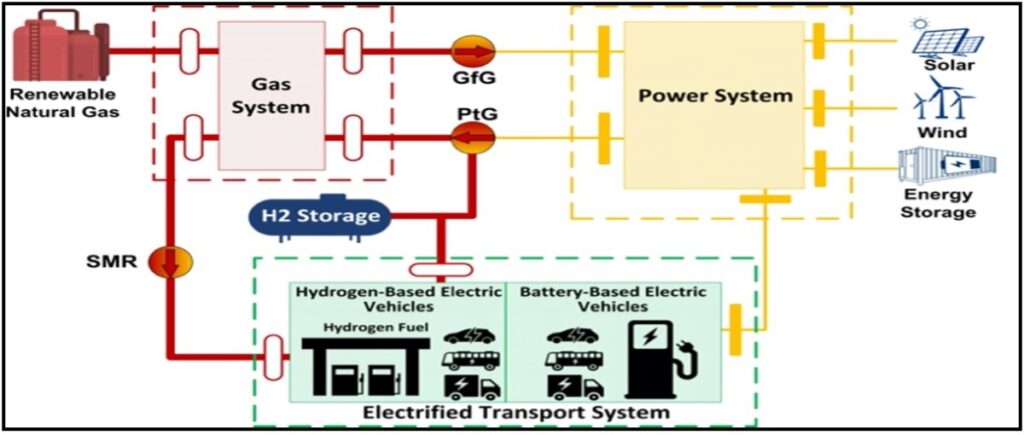 3. Research done by Hany Farag is to support development of a unified framework for integrated low-carbon energy and transport systems. Source: Aspire
3. Research done by Hany Farag is to support development of a unified framework for integrated low-carbon energy and transport systems. Source: AspireSpecifically, my research (Figure 3) supports optimal allocation, sizing, design, and operation of power units along with energy storage solutions and advanced demand response techniques. This facilitates seamless integration of variable renewable energy such as solar and wind, while maintaining the flexibility of the power grid.
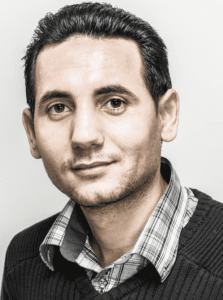 Hany Farag
Hany FaragMy research also looks at developing techno-economic analysis tools and advanced energy management systems for businesses to decarbonize their energy consumption. These systems factor in allocation of distributed energy sources such as solar PV and batteries, electric vehicle charging stations (including vehicle-to-grid), on-site green hydrogen production, and the implementation of demand response techniques.
POWER: Why are smart energy grids important for cleaner energy?
Farag: Increasing hosting capacity of distributed energy resources (DERs), electrification of transportation, and increasing production of renewable fuel (e.g., hydrogen) are the key low-carbon solutions for meeting greenhouse gas reduction targets. However, mass deploying these solutions will create a major shift in how we produce, trade, distribute, and use energy. Smart grids that use digital technology, two-way communication, advanced metering infrastructure, and intelligent control will ease this shift, which comes with serious technological implementation and complexity challenges that would otherwise reach the point of diminishing returns before realizing reduction targets. We can also apply advanced concepts such as transactive energy, peer-to-peer control, blockchain, and machine learning to decentralize energy grids, making these structures even more resilient.
POWER: Can you talk about your research that is underway, or planned, and how you hope to apply it to Abu Dhabi?
Farag: I am in Abu Dhabi as part of ASPIRE's Visiting International Professorship program (ViPs), which focuses on sustainable energy production, utilization, and storage. The planned research program seeks to advance knowledge and strengthen engineering practices through the development of timely and original solutions to key problems and integration barriers facing the energy sector during the transition to clean and smart energy grids. Specifically, the effort closely examines the technical and economic aspects of designing, planning, and operating power, green hydrogen plants, and electrified transport fleets. We then intend to carefully address all these aspects together to develop a decision-making toolbox.
With the support of my local team here at Khalifa University, I hope to use the proposed decision-making toolbox to develop business cases, conduct techno-economic feasibility studies, and create policies for the deployment of renewable power, green hydrogen, and electric vehicle technologies in Abu Dhabi. We also hope to collaborate with different stakeholders in Abu Dhabi to explore opportunities for entrepreneurship, IP generation, and commercialization of advanced energy management systems for different smart grid applications.
POWER: What advantages do you see your research offering to Abu Dhabi and the UAE when it comes to the energy transition?
Farag: The new knowledge and solutions expected from this research will begin to situate energy and transport stakeholders in Abu Dhabi at the forefront of the energy transition. The proposed research will improve grid reliability and resilience and facilitate the seamless adoption and high penetration levels of renewable power generation such as green hydrogen production and storage, as well as greater electric vehicle production. This will, in turn, help ensure more decarbonized, secure, sustainable, and affordable energy delivery for new market structures and higher service quality for customers in Abu Dhabi.
The research will also provide the Abu Dhabi Government, Emirates Water and Electricity Company, Abu Dhabi Distribution Company, and Integrated Transport Centre with research-based evidence to guide policy creation for the deployment of large-scale green hydrogen production and the full electrification of public transit systems like buses and taxis. Further, through the ongoing collaboration with the research team at Khalifa University, this research will support the training of a new generation of competent personnel (UAE citizens and residents) employable in the low- or zero-carbon economy.
-Darrell Proctor is a senior associate editor for POWER (@POWERmagazine).
The post The POWER Interview: Abu Dhabi's Plan for Renewable Energy in the UAE appeared first on POWER Magazine.